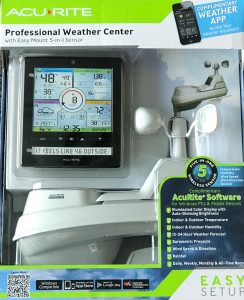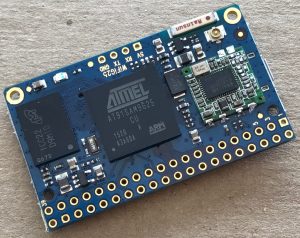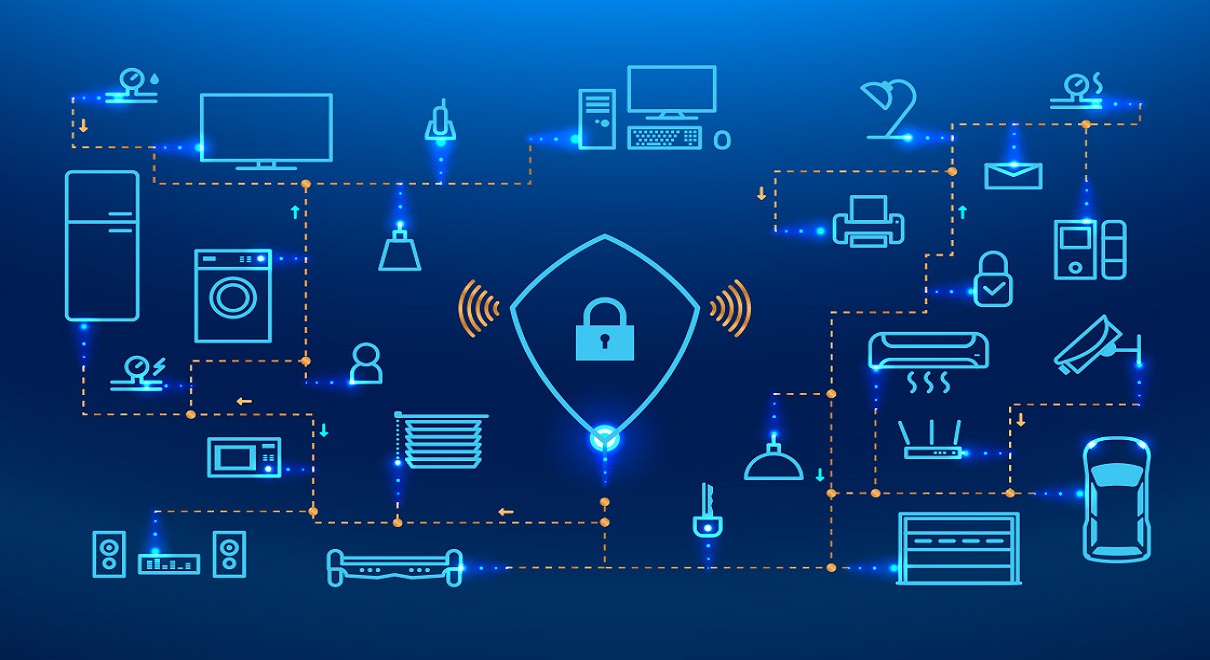While there are many systems to monitor and control, there are two fundamental technological pieces they all require. First, a WiFi network must be provided for mobile phones and other devices to connect. Second, a central controller is needed to manage the myriad of systems that will be connected to this network and manage the associated API.
I have recently purchased a travel trailer and desire to instrument and automate it. I want to control and monitor all of its systems using my iPhone or other mobile devices. When I am out in the sticks (defined by my son to be wherever there is no Internet connectivity) I want to connect to the trailer’s systems via a local WiFi network. When the trailer is in a location where LTE, or other data services are available, I want to interact with the trailer via the Internet.
While there are many systems to monitor and control, there are two fundamental technological pieces they all require. First, a WiFi network must be provided for mobile phones and other devices to connect. Second, a central controller is needed to manage the myriad of systems that will be connected to this network and manage the associated API.
Rather than boiling the ocean, I intend on focusing on one simple representative system, a weather station, and connecting it to our trailer. Success with this system requires solving many issues that will simplify the inclusion of additional systems in the future. The rest of this post will describe a path forward. A series of future posts will describe the details associated with each subsystem.
This API can then be consumed over the WiFi network by a mobile phone and associated application and our task will be complete, for now.
The goal of this project is to enable a mobile phone user to view weather data acquired from a weather station connected to our travel trailer. There are a number of modules or subsystems required to accomplish this:
-
- A mobile phone that connects to a WiFi network and an application that consumes an API that returns weather station data.
- A secure WiFi network or trailer area network (TAN). While security of weather station data may not be required, future projects will require it and we should design with security in mind.
- A central controller that connects to the provided TAN and exposes an API management tool. This will enable mobile phones and other devices to access available data in a secure and managed way.
- A 433 MHz receiver connected to a micro-controller based module will convert the signal acquired from the weather station into an appropriate API.
- A weather station that transmits collected data on the 433 MHz band.
The weather station will collect environmental data and transmit it over the 433 MHz radio frequency band. This signal will be acquired using a 433 MHz receiver that converts this analog signal to digital for consumption by a micro-controller based system. The digital signal will be parsed appropriately and exposed through an API. This API will be managed by the central API management system and exposed to other devices over trailer area network. The mobile phone will consume this API and an appropriate mobile phone app will present it to the user.
Chosen Components
There are many possible components to choose from to accomplish the goal and steps outlined above. The components I’ve chosen and describe below are simply representative of the myriad of possible choices.
Weather Station
I will use the AcuRite 5 in 1 Professional Weather Center model 01536. This product is compact, easily mounted on a trailer  and broadcasts weather data on the 433 MHz band. The outdoor component measures the temperature, humidity, rainfall, wind speed and wind direction. This data is combined into a packet and broadcast periodically. The indoor component is a nice color display that displays this data and archives previously received data. The indoor and outdoor components are paired through a simple channel selection mechanism.
and broadcasts weather data on the 433 MHz band. The outdoor component measures the temperature, humidity, rainfall, wind speed and wind direction. This data is combined into a packet and broadcast periodically. The indoor component is a nice color display that displays this data and archives previously received data. The indoor and outdoor components are paired through a simple channel selection mechanism.
433 MHz Receiver
I acquired the Sunkee 433 MHz superheterodyne wireless receiver module to convert the analog signal broadcast from the weather station into a digital signal appropriate for consumption by a micro-controller based system. This module can operate from roughly 3 to 5 Volts and requires a simple wire antenna. It outputs a digital signal easily read by standard micro-controllers.
Micro-controller System
I have chosen to use the Corewind  WiFiG25 microcontroller module. It has a 400 MHz ARM processor, plenty of memory, built in WiFi connectivity, numerous I/O lines of various types, runs the Linux operating system, supports many programming languages, and only costs about $30.
WiFiG25 microcontroller module. It has a 400 MHz ARM processor, plenty of memory, built in WiFi connectivity, numerous I/O lines of various types, runs the Linux operating system, supports many programming languages, and only costs about $30.
Software Components
With the receiver connected to the microcontroller module, the rest is up to the software. A simple program will be written to acquire the digital I/O data from the receiver and store it in memory. The Kong API management tool will be implemented on the microcontroller to expose the collected weather data via an API. This API can then be consumed over the WiFi network by a mobile phone and associated application and our task will be complete, for now.
Summary
The components described above, and a few others, will be combined to expose weather data via an API for consumption by mobile phones and potentially other devices. The next post will describe the setup and use of the receiver module and a description of the data collected from the weather station. A series of posts will follow describing the remaining steps to accomplishing our goal.

